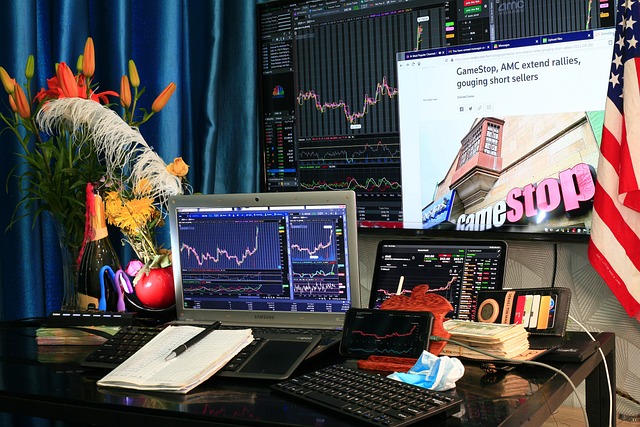Spain’s rapidly expanding tech sector presents a compelling landscape for investors and traders, particularly those engaged in CFD trading. As the industry continues to advance, with innovations in areas such as software development, biotechnology, and renewable energy technologies, it opens up unique opportunities for those trading CFDs. By adopting targeted strategies tailored to this sector, traders can significantly boost the profitability of their investment portfolios.
Contract for Difference trading, allows investors to speculate on the price movements of tech stocks without needing to own the underlying shares. This type of trading is particularly appealing because it offers high leverage, enabling traders to amplify their exposure with relatively modest capital. However, the tech sector’s inherent volatility, driven by factors like new product launches or regulatory shifts, means that while the potential for high returns exists, so does the risk of significant losses.
To succeed in CFD trading within the tech industry, a thorough market analysis is crucial. This analysis should encompass both fundamental and technical perspectives. Fundamental analysis involves staying informed about the latest industry developments, including technological breakthroughs, mergers, acquisitions, and regulatory changes that can impact entire sub-sectors. Additionally, keeping an eye on broader economic indicators such as investment trends and consumer spending in technology is vital for understanding the market’s direction.
On the technical side, traders need to focus on historical price movements and chart patterns to predict future price behavior. Utilizing tools like moving averages, the Relative Strength Index (RSI), and the MACD (Moving Average Convergence Divergence) can help identify trends and potential reversal points in the market. This type of analysis is especially valuable in the tech sector, where prices can swing rapidly, often driven more by market sentiment and news than by fundamental factors alone.
A strategic approach to CFD trading in the tech sector involves emphasizing scalability and flexibility. Given the fast-evolving nature of technological developments, having strategies that can adapt to changing market conditions is essential. For example, if a particular sub-sector, such as semiconductor manufacturing or cybersecurity, shows signs of rapid growth, traders might choose to increase their positions in these areas. Conversely, in sub-sectors facing regulatory hurdles or intense competition, a more cautious stance might be warranted.
Risk management is another critical element of successful trading, especially in a volatile sector like technology. Effective risk management strategies might include setting stop-loss orders to minimize potential losses and securing profits at predetermined levels to protect gains. Diversification across various tech sub-sectors can also help mitigate risk, as declines in one area might be balanced by gains in another.
Timing is another vital factor in trading CFDs within the tech sector. The timing of entry and exit points can greatly influence trading results. Being aware of key dates, such as product launches, earnings reports, and major industry conferences, can help traders plan their moves more effectively. For instance, a successful product launch could lead to a significant spike in a company’s stock price, creating a lucrative short-term trading opportunity.
Spain’s tech market offers specific regional advantages that CFD traders can exploit. With cities like Madrid and Barcelona emerging as hubs for tech startups and innovation, the sector is bolstered by favorable government policies and increased investment in tech infrastructure. This supportive environment can lead to a thriving market for tech companies, providing fertile ground for CFD traders focusing on this sector.
In conclusion, while trading CFDs in Spain’s tech industry presents substantial growth opportunities, it demands a deep understanding of both the sector’s unique dynamics and the broader strategies for effective trading. Staying informed about technological trends, interpreting market sentiment accurately, and applying robust risk management practices are all essential for traders aiming to capitalize on Spain’s burgeoning tech sector. With the right approach, traders can navigate this dynamic market and optimize their trading results.

